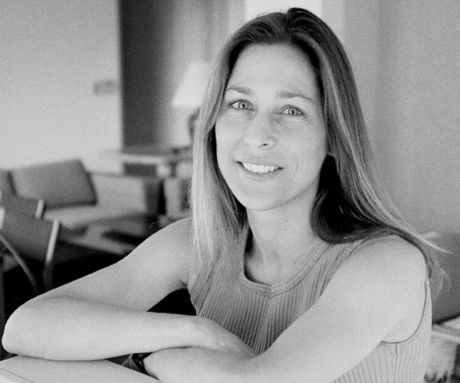The Mysterious Case of the Vanishing Genius
Margie Profet sent shockwaves through academia by generating
solutions to seemingly intractable puzzles of biology. Then she
disappeared.
IMPORTANT POSTSCRIPT -- May 29, 2012:
On May 18, Karen Profet -- Margie's mother -- emailed me after
I inquired about rumors following the Psychology Today story. She
gave me permission to share this news:
Dear Mike:
Dear Mike:
At the time of your email, Margie’s sister and I had already been in Boston for a day and were making reservations to bring her home with us.
At 6 AM the following morning, we were on a plane to California.
Margie had called us on Monday, after someone who knew her Googled her name and found from your article that she was being sought by family and former colleagues. She had not known that people were looking for her and deeply regrets giving anyone cause for concern on her account.
At the time we lost track of her, Margie was in severe physical pain. Not wanting to trouble anyone else, she did not disclose the fact to us or to her friends, but moved to a new location in which she thought the pain would soon diminish. Instead, it persisted for many years. Unable to work because of it and subsequent injuries, she had long lived in poverty, sustained largely by the religion she had come to early in the decade.
Margie is finally home now, recovering from her long ordeal and hoping to find work in the near future. She is very happy to be reunited with her family, and we are overjoyed to have her back.
We had a small but lovely celebration yesterday. Margie's brother rose at 3 AM and drove 200 miles to await us at the bottom of the LAX escalator for passengers arriving on United.
After he drove us home, Margie's brother-in-law, five nieces and nephews, and one little grand-nephew joined us for a celebratory lunch.
Another brother-in-law, in L.A. on business from the east coast, came for dinner. Margie also met her new step-Dad.
Margie is extremely grateful to all the people who were kind to her during her years of distress. If you wish to release the definitive (though sparse) news about Margie, you have her permission to do so. As one might expect, she is not open to interviews at the present time.
She and all her family thank you immensely for your help in reuniting us.
Sincerely,
Karen Profet









